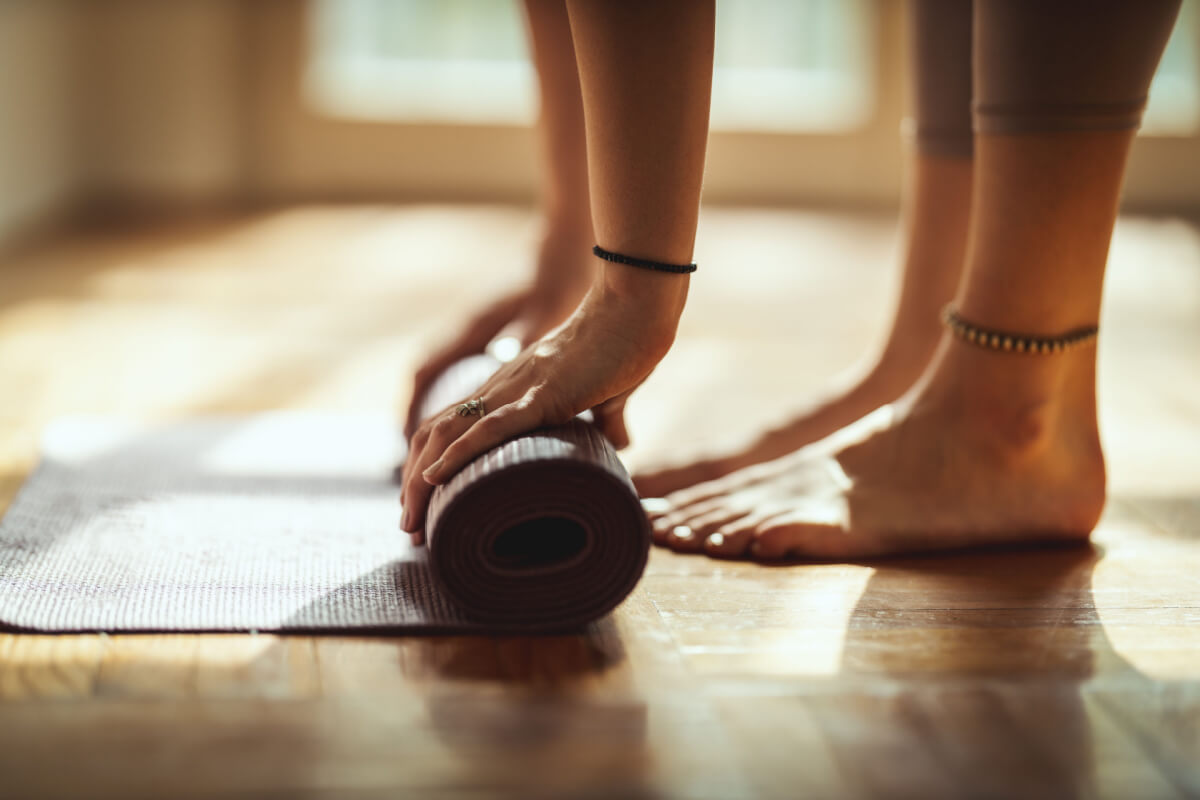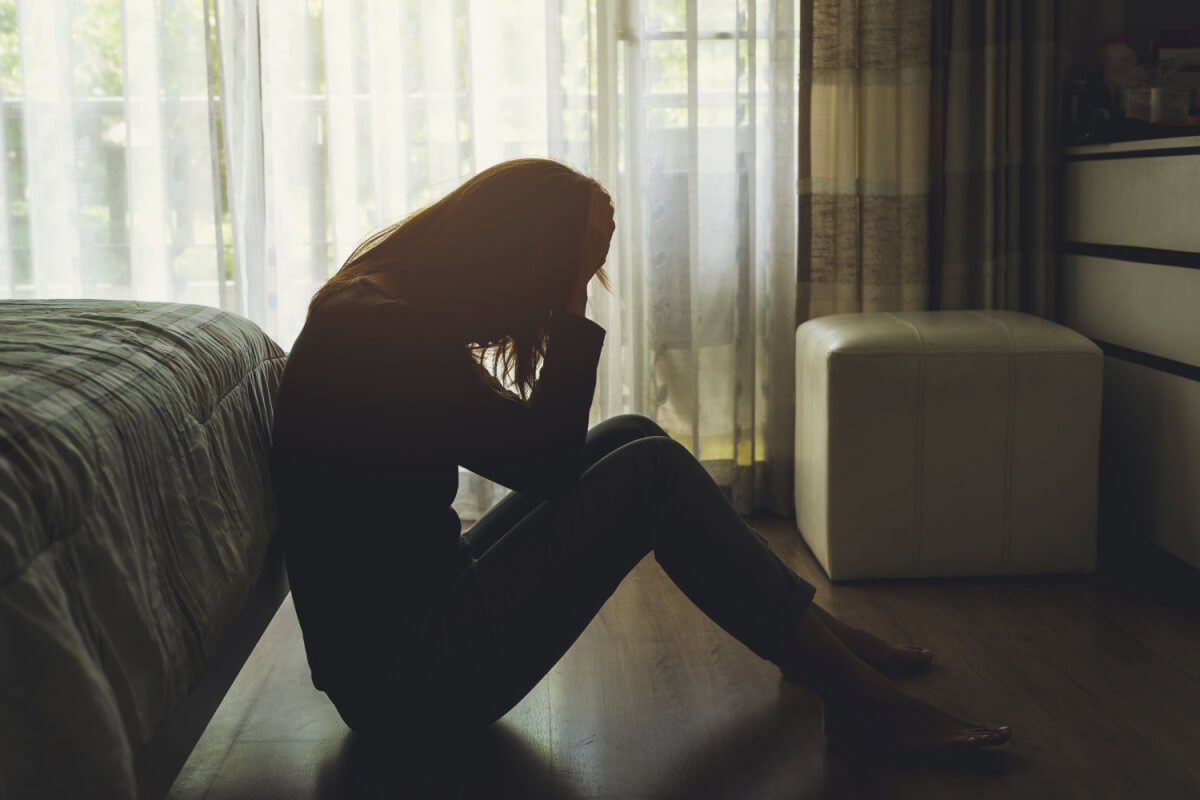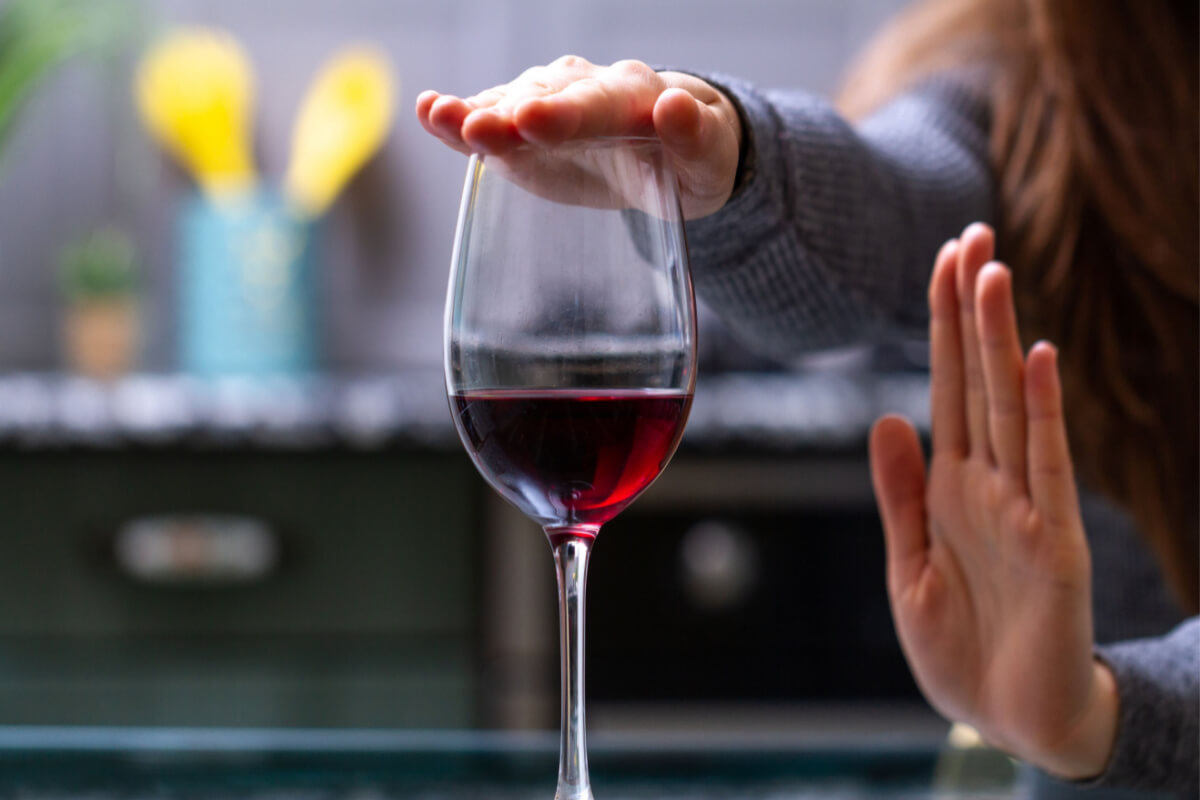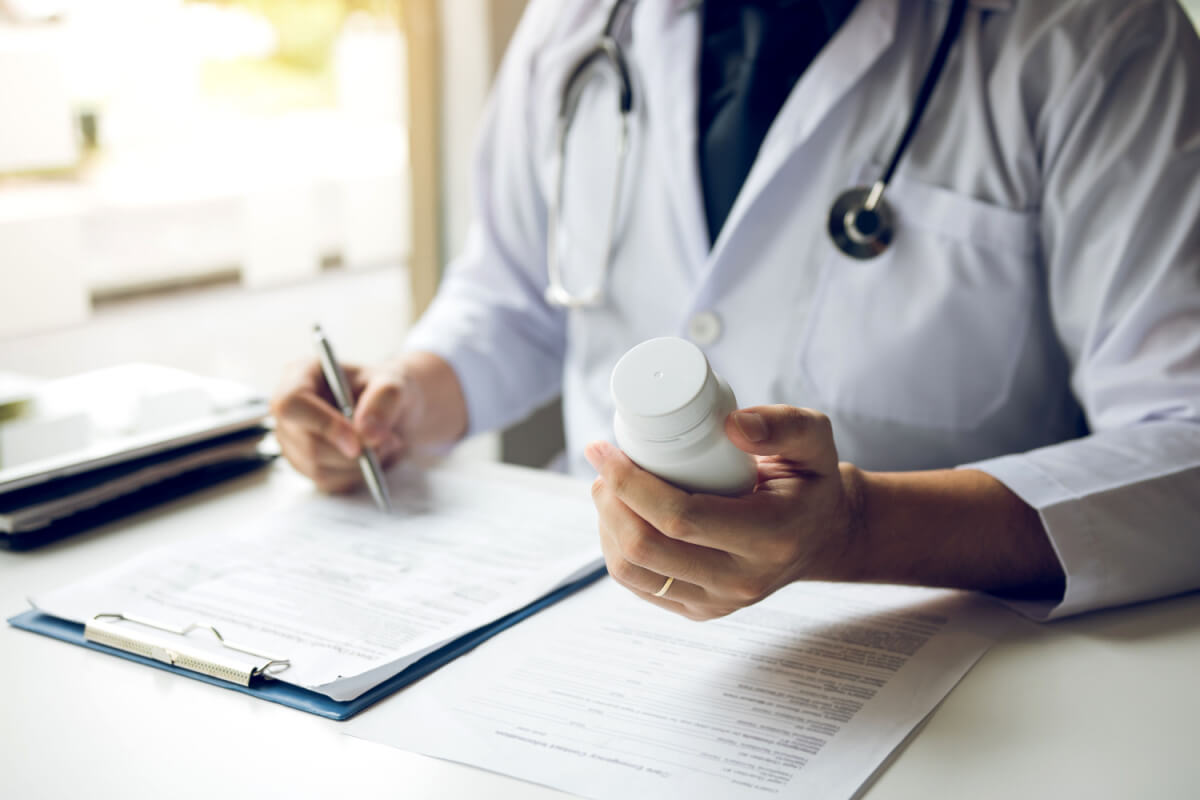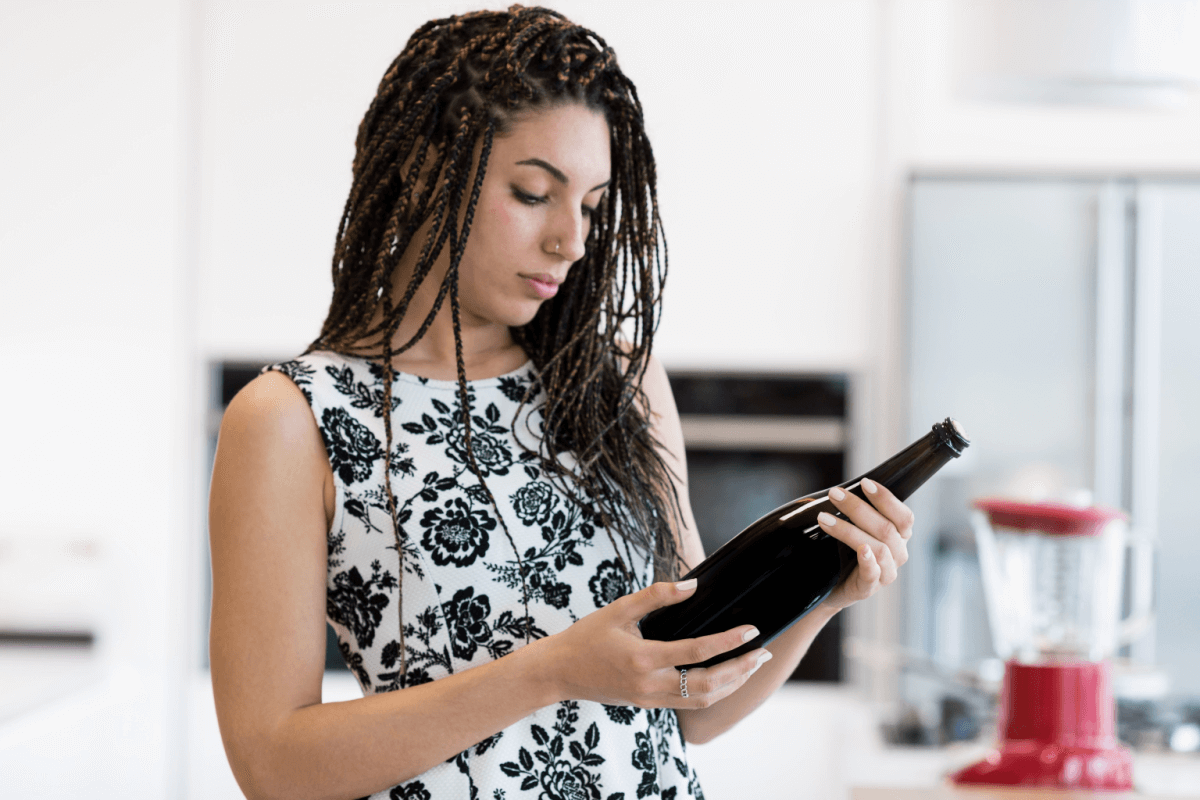
Drug cravings are a common part of addiction and it’s important to learn how to manage those cravings without returning to drug use. A large part of addiction treatment is learning how to manage cravings, so they don’t result in relapse. Learn more here.
Why Do Drug Cravings Happen?
When a person becomes addicted to a drug, they will typically develop some level of both physical and psychological dependence on it.[1]
Physical dependence refers to physical symptoms that a person experiences when they do not use the drug. This can include sweating, tremors, nervousness, anxiety, depression/mood changes, GI upset, diarrhea, flushing, and general malaise.
Psychological dependence occurs when a person begins to feel compelled to use drugs on a psychological level. They may feel like they cannot perform basic daily tasks without some use of drugs and/or may feel such negative feelings emotionally that they believe they cannot feel happy or normal without using drugs.
The good news is, there are treatments for both physical and psychological cravings. Read more below.
What Are “Triggers”?
In the context of drug addiction, triggers are anything that causes an urge to use a drug. Everyone’s triggers are different. Some people are triggered by being in certain environments, particularly if they are near where they used to use. Others are triggered by individuals with whom they used to use drugs. Others are triggered by certain smells, tastes, or environmental stimuli. Triggers can be more general as well, such as anything that causes stress or anxiety. Physical illness, turbulent relationships, chronic pain, or stressful life circumstances can all be common triggers. [2]
One of the better ways to identify your personal triggers to talk with an addiction treatment professional. They can discuss some of the more common triggers with you and also ask questions about your drug use to look for patterns.
Keeping a journal can also help. You can track when you have strong drug cravings, especially when you used drugs, and try to note the circumstances that led up to those cravings. The process of writing it down can help you identify your personal triggers so you can avoid them in the future.
Understanding Cravings
While cravings can feel overwhelming, understanding them is the first step to effectively managing them in recovery.
Cravings Don’t Last Forever
Drug cravings are temporary, generally getting stronger when you have recently experienced a trigger and fading in strength over time. The more you recognize the temporary, waxing waning nature of cravings, the more you can resist the urge to address them with drug use. Over time, you can learn other things you can do to ease cravings instead of resorting to using a drug.
There’s More Ways to Beating Cravings Than “Willpower”
Cravings are part of the medical disease of addiction. Resisting cravings isn’t just a matter of willpower. People who give into their cravings aren’t “weak” or “undisciplined”. The more we start recognizing cravings and addiction as a disease and not just lack of willpower, the sooner we as a society can better help people with chronic substance use disorders.
The good news is, cravings can be addressed with various medications, the three most common of which are Methadone, Suboxone, and Naltrexone for opioid use disorder. There are also many medications for alcohol use disorder including Naltrexone, acamprosate and Disulfiram.
Memories Associated With Drug Use Play a Big Part in Cravings & Relapse
One of the most common triggers and causes of relapse for people struggling with addiction is seeing drug-taking equipment or seeing drugs themselves. An important potential strategy in reducing risk of relapse is to be in drug-free environments.[3] The more you recognize the situations and environments that trigger you, the more prepared you will be to prevent return to drug use.
Tips to Fight Against Cravings
Use these tips to help resist drug cravings:[4]
- Admit you have a problem, so you can begin to seek help
- Identify your triggers and avoid them whenever possible.
- Talk to a professional about controlling your cravings and what to do when you experience them.
- Learn strategies for what to do when you have cravings: Go for a walk outside, talk to a friend, call a sponsor or health care professional, read a book, or try a new hobby. Just distracting yourself can go a long way in suppressing cravings.
The Importance of Treatment
In addiction treatment, you’ll learn how to manage cravings. The ideal treatment for you will depend on your needs and the drugs you have problems with.[5]
Talk to an addiction treatment professional, and they will likely recommend a treatment plan that involves some mix of the following:
- Behavioral counseling and therapy
- Medication
- Medical detox
- Evaluation and treatment of co-occurring mental health problems, like anxiety or depression
- Long-term follow-up care to help reduce your risk of relapse
You may also benefit from finding a support group of people dealing with the same or similar type of addiction as you. In this safe environment, you can talk about your struggles with others who understand. You can get tips from people who have walked in your shoes, and you can offer assistance to others who need it.
Just the act of going to mutual support groups can help to resist cravings. Many people in recovery go to a meeting when cravings hit.
Reach out to us here at Bicycle health for more information about any of the topics discussed here.

Medically Reviewed By Elena Hill, MD, MPH
Elena Hill, MD; MPH received her MD and Masters of Public Health degrees at Tufts Medical School and completed her family medicine residency at Boston Medical Center. She is currently an attending physician at Bronxcare Health Systems in the Bronx, NY where ... Read More
- Craving: When the Brain Remembers Drug Use. Psychology Today. https://www.psychologytoday.com/us/blog/all-about-addiction/201002/craving-when-the-brain-remembers-drug-use. February 2010. Accessed November 2022.
- Relapse Prevention and the Five Rules of Recovery. Yale Journal of Biology and Medicine. https://www.ncbi.nlm.nih.gov/pmc/articles/PMC4553654/. September 2015. Accessed November 2022..
- Memory 'Trick' Relieves Drug Cravings. Nature. https://www.nature.com/articles/nature.2012.10442. April 2012. Accessed November 2022.
- How to Reduce or Quit Drugs. Australian Government Department of Health and Aged Care. https://www.health.gov.au/health-topics/drugs/about-drugs/how-to-reduce-or-quit-drugs. March 2020. Accessed November 2022.
- Treatment Approaches for Drug Addiction. National Institute on Drug Abuse. https://nida.nih.gov/publications/drugfacts/treatment-approaches-drug-addiction. January 2019. Accessed November 2022.
Download Our Free Program Guide
Learn about our program, its effectiveness and what to expect
Related articles
Imagine what’s possible on the other side of opioid use disorder.
Our science-backed approach boasts 95% of patients reporting no withdrawal symptoms at 7 days. We can help you achieve easier days and a happier future.


